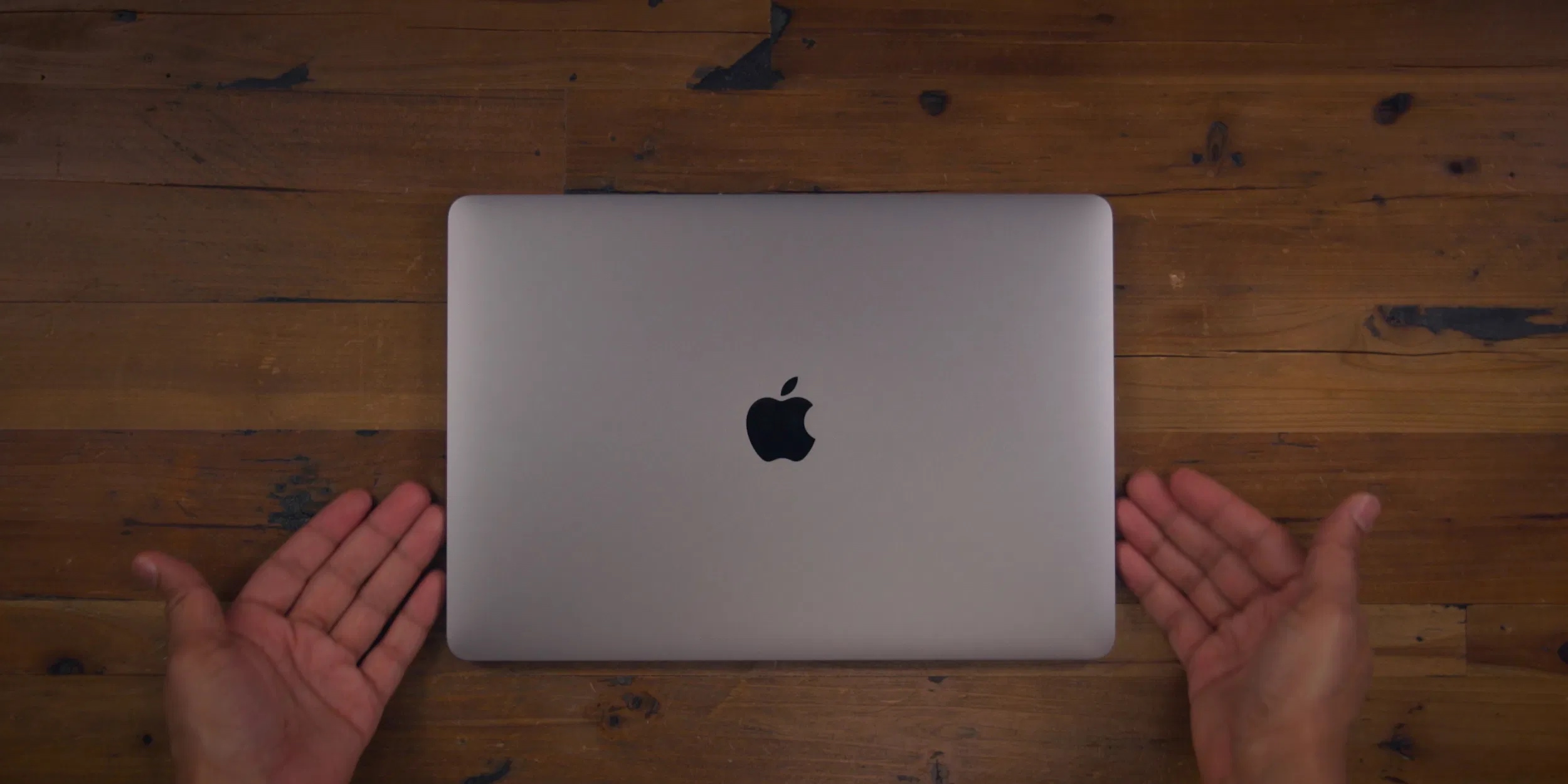

- DO I NEED A POWER CONVERTER IN SPAIN FOR MY APPLE MAC BOOK 1080P
- DO I NEED A POWER CONVERTER IN SPAIN FOR MY APPLE MAC BOOK INSTALL
- DO I NEED A POWER CONVERTER IN SPAIN FOR MY APPLE MAC BOOK DRIVER
- DO I NEED A POWER CONVERTER IN SPAIN FOR MY APPLE MAC BOOK PRO
- DO I NEED A POWER CONVERTER IN SPAIN FOR MY APPLE MAC BOOK SOFTWARE
Those of us who use MacBooks for work have relied on their innovation to speed up our workflows and achieve new efficiencies. Maximizing Your Productivity with Your New M1 MacBook With a DisplayLink enabled docking station, you’ll be able to support your entire setup without needing any special adapters or complex workarounds. With one of the docking solutions listed above, you can extend your external display capabilities to multiple monitors resulting in productivity with your M1 setup.
DO I NEED A POWER CONVERTER IN SPAIN FOR MY APPLE MAC BOOK INSTALL
DO I NEED A POWER CONVERTER IN SPAIN FOR MY APPLE MAC BOOK SOFTWARE
If you encounter any issues after a macOS software update, make sure to check back with DisplayLink to ensure the latest version of their software is installed.

DO I NEED A POWER CONVERTER IN SPAIN FOR MY APPLE MAC BOOK 1080P
DO I NEED A POWER CONVERTER IN SPAIN FOR MY APPLE MAC BOOK DRIVER
If you’ve configured your desk or workstation with USB-C Alt Mode, Thunderbolt 3, or a Thunderbolt 4 docking station, extending your display capabilities is as simple as downloading the latest DisplayLink driver for macOS. Use-Case 1 – You Already Have a Docking Station
DO I NEED A POWER CONVERTER IN SPAIN FOR MY APPLE MAC BOOK PRO
In this blog, we’ll discuss the two main scenarios (or use-cases) and how you can set up your workstation for more than one display while using a new MacBook Pro or Air device with the M1 chipset. For any other M1 device, users will need to get a little creative if their desk setups used more than one external monitor.Įven with the latest changes in Apple’s underlying chip architecture, you can still use your new MacBook with multiple external monitors. Even so, it only supports two external monitors (probably because it doesn’t have its own integrated display included). The only device that supports more than one native display is the M1 Mac Mini.

Many users who purchased one of the M1 range of MacBook Pro or MacBook Air devices were quick to rush to online forums to register their surprise. It may have come down to a design constraint, as the company remains tight-lipped about why they went down this route. Single Display Native Support with MacBook Pro and Air DevicesĪpple’s decision to provide support for a single native display was tough to understand. You can still use your M1 MacBook with multiple screens even if it doesn’t come with native support for additional monitors. Weighing the benefits of the M1 CPU against its perceived limitations isn’t a fair comparison. Unlike previous models, M1 based devices no longer have native support for multiple displays. One issue that users did discover after buying their M1 powered Apple MacBook Pro or Air was external display limitations. It provides you with much more processing power for their applications, doesn’t require any mechanical cooling (so no more fans), and integrates multiple chips into a single, compact footprint. The M1 does consolidate multiple technologies into a single chipset. The architecture is similar to their iPhones and iPads, making the CPU highly efficient and comparatively compact when pitted against other technologies from Intel and AMD.Īpple doesn’t hold back any punches when it comes to their marketing materials and experts tend to agree. What’s the best thing about the new Apple computers that come equipped with the new ARM-based M1 CPU? Take your pick.


 0 kommentar(er)
0 kommentar(er)
